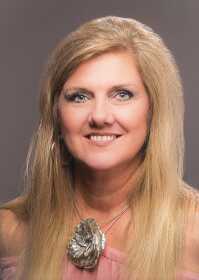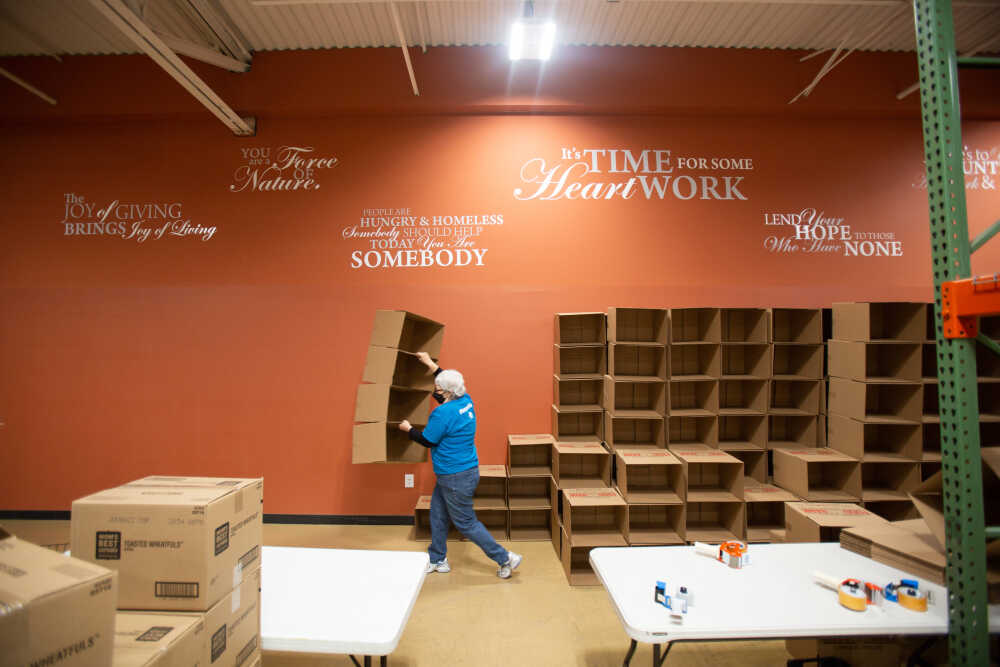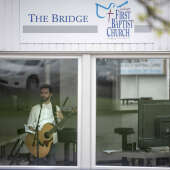Philanthropic leader talks impact of COVID, power of individual on nonprofits

Southeast Council on Philanthropy (SECOP) was established in 1998 and is a professional organization consisting of Southeast Missouri community members who work for or serve on not-for-profit boards for the betterment of the area. The individuals involved with SECOP become members of the organization to coordinate activities and events to share information about opportunities to serve those in need.
Some of the organizations within SECOP include Arts Council of Southeast Missouri, Community Foundation of the Ozarks, Gibson Recovery Center, Catholic Charities of Southern Missouri and Girl Scouts of the Missouri Heartland. The council includes more than 30 other not-for-profit organizations.
In order for the organizations within SECOP to receive funding, they must go through a grant process, including an application.
The submitted application outlines the organization’s unmet needs, its significance, and how it impacts the community.
Judy Cantoni, Community Foundation of the Ozarks regional director, is the incoming vice president for Southeast Council on Philanthropy. She explained how not-for-profit organizations receive funding in a variety of ways as opposed to a for-profit business, which typically receives income through providing services or goods.

“For nonprofits, it works a little bit differently in the fact that there is no one source for income,” Cantoni said. “Their income for operation purposes comes from a variety of grants that are all over the board, in addition to private donor support. Some of the organizations may have public assistance with reference to state or federal funding. So, they rely on a variety of things that produce the amount of money in their budget to be able to carry out the services they provide to the community. It is a very different structure, so you can see how that gives them a lot of pull and a lot of different hats they have to wear along with the process to make that work.”
There are a variety of grants available to not-for-profits, including those at the federal and state level. Most organizations are associated with the branch of government that supports the specific type of cause the not-for-profit represents. Examples include food service, conservation or health services. Grants at the federal and state level often are related to a national grant system. Not-for-profits need to register and provide credentials in order to receive funding from the national grant system. Membership dues are $100 per calendar year, and the organization can receive a number of benefits, which can be found on the SECOP website.
Contributions to not-for-profits come from a number of entities, but the majority of donations come from individuals. A study was completed in 2017 by Giving USA to account for the percentage of funding sources. The results showed corporations contributed 5%, bequests 9%, foundations 16% and individuals 70%. The study also showed the percentages for the different not-for-profit recipients of the contributions made by donors. Religion received 31% of the contributions, education 14%, human services 12%, gifts to grant-making foundations 11%, health 9%, public-safety benefit 7%, international affairs 6%, arts 5%, environment 3% and individuals 2%.

Since the start of the COVID-19 pandemic, SECOP and other nonprofit organizations have faced new difficulties acquiring donations.
“Entities that couldn’t keep their doors open to the general public, but weren’t on the forefront of recipient dollars from donors, like Discovery Playhouse, Humane Society, Arts Council or Historic Preservation, those kinds of areas that certainly have annual expenditures to maintain and have projects that were midstream were affected,” Cantoni said. “There were a lot of individuals and organizations that were impacted because they didn’t have the ability to maintain business as usual. For the same reasons everybody else was impacted, they were not on the forefront of donors minds.”
In order to combat the decrease in funding, not-for-profit organizations have had to change the way they address and engage with their donors, keeping donors aware of the changes occurring and how business processes would be carried out going forward. Since the organizations rely heavily on communication with their donors, this change has increased the cost of how they stay in contact with their donors. Not-for-profit organizations were not able to hold their annual fundraising events, which serve as a first or second line of funding, depending on the organization.

“Most of the organizations have their own annual larger event and then all of them typically carry out smaller ones or coordinate with other entities to host group fundraising opportunities throughout the year,” Cantoni said. “For example, the Historic Preservation groups, for instance here, run by the Kellerman’s, means they usually host an annual fundraising event that is driven toward whatever major project they may be working on.”
Cantoni expressed the importance of individual donations to not-for-profit organizations in their communities. She explained true philanthropy as a donor recognizing how contributions could make their community sustainable and make a difference not only for the community, but for the individuals within the community. Cantoni spoke about one of her favorite contribution stories regarding a legacy fund grant, which is a fund an individual can use to support a charitable cause not to take effect until after their death.

“One of my favorite stories with the Community Foundation of the Ozarks was about a woman who was a school teacher. Obviously, we know that school teacher salaries are not billions per year. Their amount of money they can gift is somewhat minimal in comparison to the billionaire,” Cantoni said. “This young lady came to the office every paycheck and deposited money into her fund she had created for the purpose of long-term, philanthropic support for her community. She did that for 43 years, and recently when she passed, the fund she had established for the purpose of education established a $2 million dollar endowed scholarship.”
For more information on the Southeast Council on Philanthropy, the not-for-profit organizations within it and information on how to donate, visit secoponline.org.

































Respond to this story
Posting a comment requires a subscription.